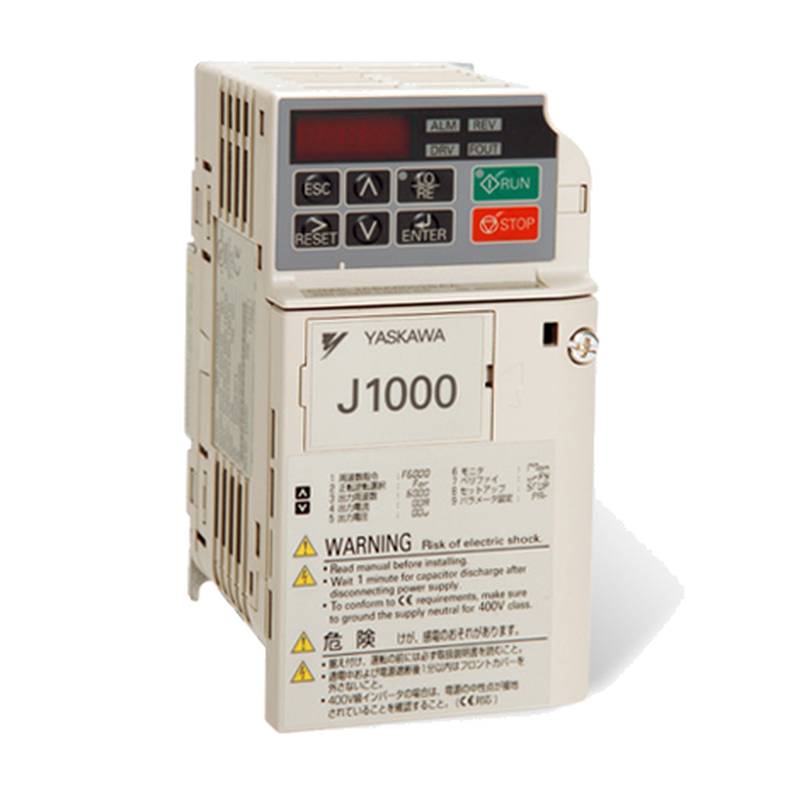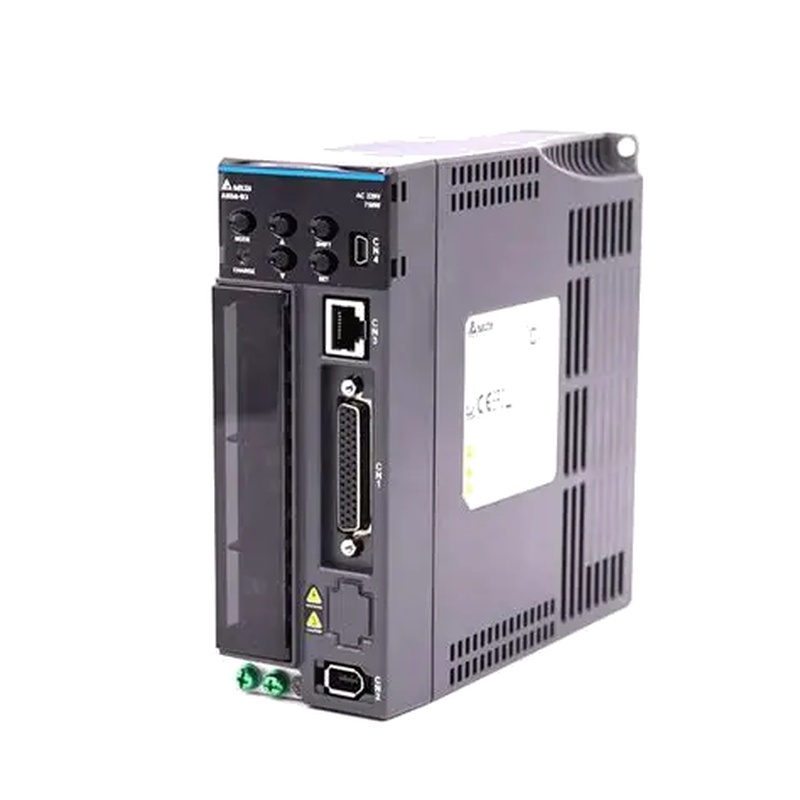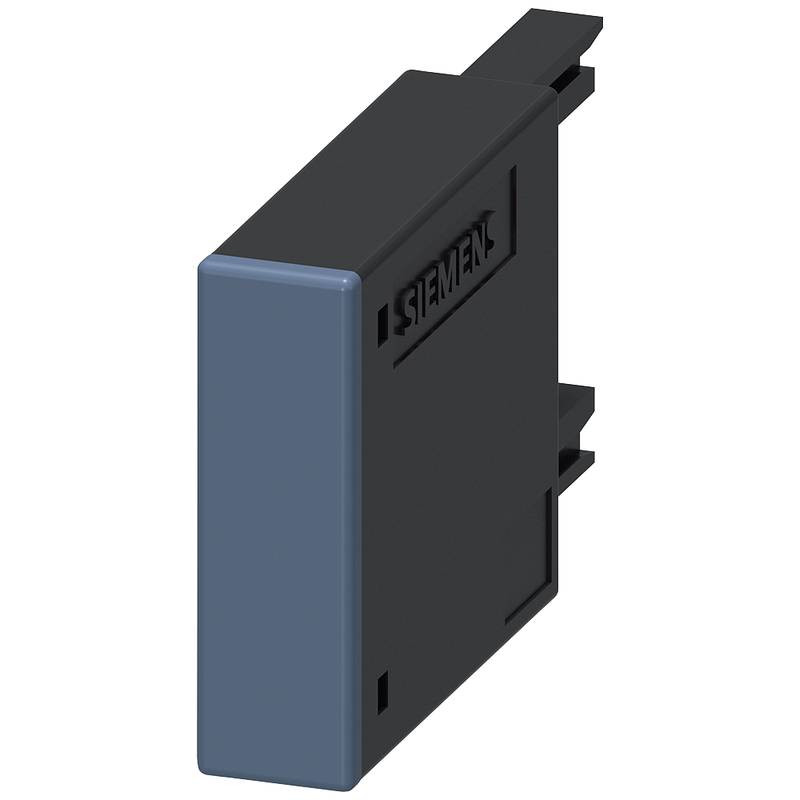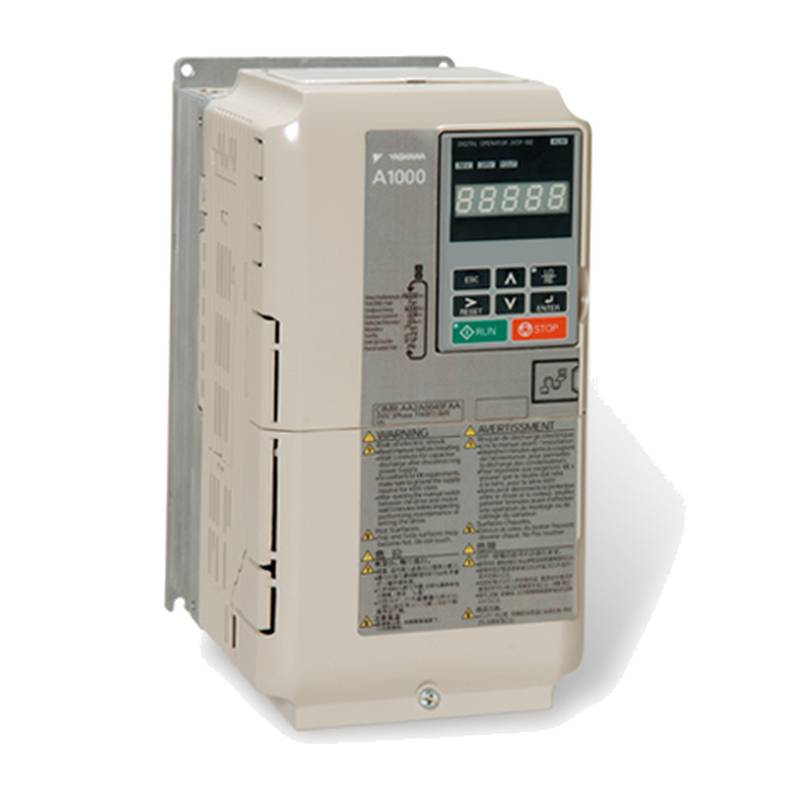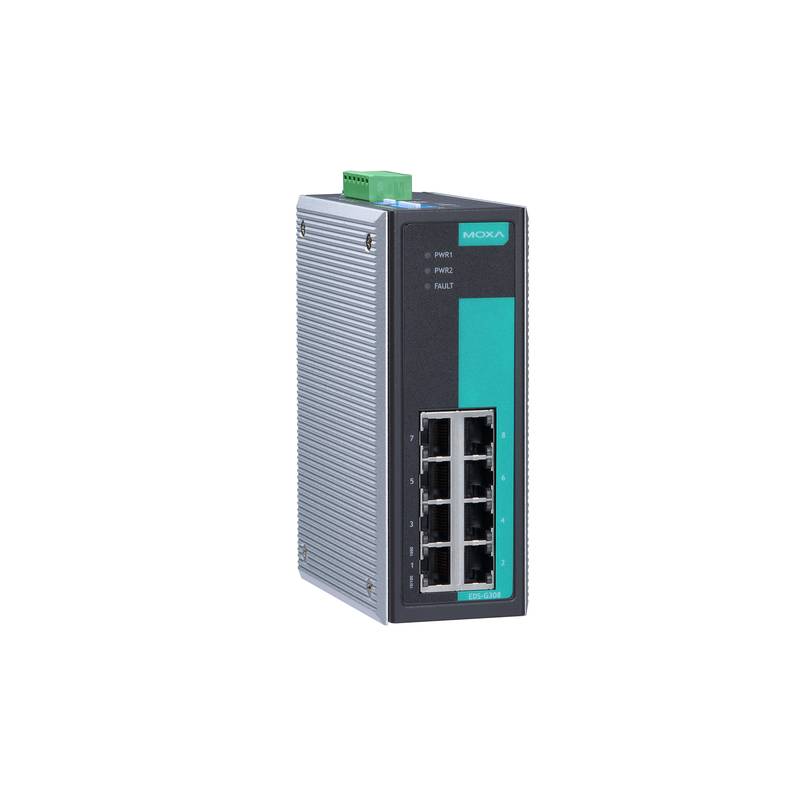
The YOULI SN-3/4S-3/28L/28L/18L/18L/G334 Multi-path Hydraulic Control Valve Bank stands as a robust and versatile solution for intricate hydraulic systems. This advanced valve bank offers precise control over multiple hydraulic circuits, enabling efficient and reliable operation across demanding industrial applications. Its design prioritizes durability, ease of maintenance, and seamless integration. Key advantages include its modular construction for customized configurations, high flow capacity, and excellent sealing performance, ensuring longevity and minimizing downtime. Important technical parameters showcase its suitability for diverse operational demands, making it a cornerstone for optimized hydraulic system performance.
Product Specifications
| Parameter | Specification |
| :---------------------- | :------------------------------------------- |
| Model | SN-3/4S-3/28L/28L/18L/18L/G334 |
| Number of Paths | Multi-path (specific configuration varies) |
| Valve Type | Directional Control Valves (specific type) |
| Actuation Method | Solenoid, Manual, Pilot (configuration dependent) |
| Flow Rating | Varies by port size and configuration |
| Pressure Rating | Typically up to 315 bar (4570 PSI) |
| Port Size | Often G3/4 or specific threaded connections |
| Material | Cast iron body, steel internals |
| Seal Material | Nitrile rubber (NBR) or Polyurethane (PU) |
| Electrical Connector | Standard Deutsch or DIN connectors |
| Operating Temperature | -20°C to +80°C (-4°F to +176°F) |
| Filtration Requirement | ISO 4406 19/17/14 or finer |
Core Features & Market Positioning
The YOULI SN-3/4S-3/28L/28L/18L/18L/G334 distinguishes itself through its sophisticated multi-path design, allowing for simultaneous and independent control of numerous hydraulic functions within a single, compact unit. This capability significantly reduces plumbing complexity and potential leak points compared to using individual valves. Its robust construction, typically featuring a cast iron body and high-quality internal components, positions it as a durable choice for heavy-duty industrial environments where reliability is paramount. The modular nature of the SN series further enhances its market appeal, enabling manufacturers and system integrators to tailor valve configurations precisely to specific machine requirements, thus optimizing performance and cost-effectiveness. Competitive advantages lie in its ability to deliver both high flow rates and fine control, a balance often challenging to achieve.
Key Application Scenarios
This multi-path hydraulic control valve bank is exceptionally well-suited for complex mobile equipment such as excavators, loaders, and agricultural machinery, where managing multiple hydraulic actuators simultaneously is essential for efficient operation. In industrial automation, it finds critical use in sophisticated manufacturing lines, injection molding machines, and material handling systems that demand precise sequential or simultaneous activation of cylinders and motors. Its reliability and configurable nature also make it a strong candidate for marine applications, including deck machinery and steering systems, where environmental resistance and dependable performance are non-negotiable. The ability to manage diverse hydraulic tasks from a single bank simplifies system design and maintenance for these demanding sectors.
Practical System Integration Guidance
Integrating the YOULI SN-3/4S-3/28L/28L/18L/18L/G334 requires careful consideration of hydraulic circuit design and electrical interfacing. Ensure proper line sizing for both pressure and return ports to maintain optimal flow and prevent cavitation, adhering to recommended flow rates for the specific valve configurations. Electrical connections for solenoid-actuated valves should utilize appropriate connectors (e.g., Deutsch DT series) and ensure correct polarity and voltage supply as per the solenoid specifications (typically 12VDC or 24VDC). Grounding is crucial for preventing electrical noise and ensuring reliable operation. For systems utilizing pilot-operated valves, ensure the pilot pressure source is clean, regulated, and sufficient to actuate the control spools effectively.
Operation and Risk Mitigation
Safe operation of the YOULI SN-3/4S-3/28L/28L/18L/18L/G334 relies on adherence to established hydraulic safety protocols. Always ensure the hydraulic system is de-energized and pressure is relieved before performing any maintenance, adjustments, or component replacements. Regularly inspect for external leaks, damaged wiring, or signs of wear on valve seals and connectors; prompt addressing of these issues can prevent system failures. Familiarize operators with the specific functions controlled by each path of the valve bank to prevent unintended machine movements. Common troubleshooting may involve diagnosing issues like slow actuator response (potentially due to internal spool wear or low pilot pressure), or complete loss of function (often related to solenoid coil failure or electrical supply interruption).
Scalability & Long-Term Value
The modular design of the YOULI SN-3/4S-3/28L/28L/18L/18L/G334 offers significant long-term value through its inherent scalability. As a machine's hydraulic requirements evolve or expand, additional valve sections can often be integrated into the existing bank, provided the main valve body and control manifold allow for such expansion and the overall system pressure and flow capabilities are not exceeded. This adaptability minimizes the need for complete system overhauls, reducing capital expenditure and downtime. Furthermore, integration with modern IIoT (Industrial Internet of Things) solutions is achievable by equipping solenoid-operated valves with compatible electronic control units or sensors, enabling remote monitoring, diagnostics, and predictive maintenance strategies for enhanced operational efficiency.
Frequently Asked Questions
1. What are the primary benefits of using a multi-path hydraulic control valve bank?
A multi-path valve bank consolidates control functions, simplifying plumbing and reducing potential leak points in complex hydraulic systems. This consolidation leads to a more compact and organized hydraulic power unit.
It enhances operational efficiency by allowing for simultaneous or sequential control of multiple actuators, improving machine responsiveness and productivity. This precise control is vital for advanced machinery.
The use of a single bank reduces the overall component count, which can lead to lower initial costs and simplified maintenance procedures compared to assembling numerous individual valves.
2. How does the YOULI SN-3/4S-3/28L/28L/18L/18L/G334 handle high flow rates?
The valve bank is designed with generous port sizing, typically G3/4, to accommodate substantial hydraulic fluid flow. This minimizes pressure drops across the valve.
Internal spool geometries and flow paths are optimized to ensure smooth and efficient passage of fluid, even under demanding load conditions. This reduces energy loss.
Specific configurations can be selected to match the precise flow requirements of the application, ensuring that performance is not compromised by undersized components.
3. What are common troubleshooting steps for a malfunctioning SN-3/4S-3/28L/28L/18L/18L/G334 valve bank?
Begin by verifying the electrical supply to solenoid coils, checking for correct voltage, polarity, and secure connections to rule out electrical issues. Inspect for any visible damage to wiring or connectors.
Next, assess hydraulic performance, looking for symptoms like slow actuation, which could indicate internal spool wear, low pilot pressure, or restricted flow. Check fluid cleanliness and system pressure.
Confirm that the correct valve configuration is installed for the intended function and that all external linkages or pilot lines are properly connected and free from obstruction.
4. Can the YOULI SN-3/4S-3/28L/28L/18L/18L/G334 be integrated into automated control systems?
Yes, solenoid-operated versions of this valve bank are designed for seamless integration with PLCs and other digital controllers. This allows for automated operation sequences.
The standard electrical connectors facilitate easy wiring into existing control panels, enabling precise command signals for each valve path. This simplifies setup.
Integration with IIoT platforms is possible by adding sensors or specialized electronic interfaces, enabling remote monitoring and data acquisition for process optimization.
5. What maintenance is recommended for this type of hydraulic valve bank?
Regular visual inspections for leaks, damaged seals, or loose connections are crucial for preventive maintenance. Check for any signs of external corrosion.
Periodically verify the system's hydraulic fluid condition and ensure it meets the specified filtration requirements (e.g., ISO 4406 19/17/14 or finer) to prevent internal component wear.
When performing maintenance, always de-energize the system and relieve pressure. Replace seals or worn components using manufacturer-approved parts to ensure continued reliability.
6. What is the typical pressure rating for the SN-3/4S-3/28L/28L/18L/18L/G334?
This model is generally rated for high-pressure applications, commonly up to 315 bar (approximately 4570 PSI). This allows for use in demanding industrial and mobile equipment.
It's important to confirm the specific pressure rating for the exact configuration being used, as variations may exist. Always operate within the valve's specified limits.
Operating within the rated pressure range ensures the longevity and safety of the valve bank and the entire hydraulic system. Exceeding these limits can lead to failure.
7. What types of actuation are available for this valve bank?
The YOULI SN-3/4S-3/28L/28L/18L/18L/G334 can be configured with various actuation methods to suit different control strategies. Solenoid actuation is common for electrical control.
Manual overrides are often included, allowing for direct operator intervention in case of electrical failure or for specific setup procedures. This provides flexibility.
Pilot operation is another option, where a secondary hydraulic or pneumatic signal controls the main valve spool. This is useful for complex sequencing.
8. How important is fluid filtration for the proper functioning of this valve bank?
High-quality fluid filtration is critical for the longevity and reliable operation of the SN-3/4S-3/28L/28L/18L/18L/G334. Contaminants can cause internal spool wear and leaks.
Adhering to the recommended filtration standard, such as ISO 4406 19/17/14 or finer, helps protect the precision-machined internal components from damage. This ensures smooth operation.
Proper filtration minimizes the risk of valve malfunction, reduces the frequency of maintenance, and extends the overall service life of the hydraulic system.
9. What are the typical operating temperature ranges for this hydraulic valve bank?
The valve bank is designed to operate reliably within a standard industrial temperature range, typically from -20°C to +80°C (-4°F to +176°F). This covers most common environments.
Actual performance can be influenced by the hydraulic fluid used; ensure the fluid's viscosity remains within acceptable limits across the expected operating temperatures.
For extreme temperature applications, specialized seal materials or fluid options may be necessary. Consult the manufacturer for specific recommendations outside the standard range.
10. What advantages does the modular design offer for system customization?
The modular construction allows for the addition or rearrangement of valve sections to precisely match the hydraulic functions required by a specific machine or application. This offers great flexibility.
It enables system designers to create custom valve banks without the need for extensive, bespoke manifold machining, potentially reducing lead times and costs. This streamlines development.
This feature supports future upgrades or modifications to the hydraulic system, as additional valve functions can often be incorporated into the existing bank without a complete redesign.

















